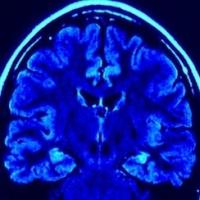Doctors and Patients Aided by Advanced Surgical Software

The health care industry has always been at the forefront of modern technology, and doctors at Hadassah Hospital in Israel are continuing that tradition in the field of brain surgery.
Computer-assisted surgery has been around for a while, and robotic surgery is making its way into more and more hospitals. But what Dr. Yigal Shoshan and Dr. Leo Joskowicz are developing is different. They’re currently working on software that not only creates a 3D image of a patient’s brain but even suggests optimal incision points and marks areas to avoid. With “more than 400 miles of blood vessels and delicate lobes controlling speech, sight, smell and memory,” Dr. Shoshan points out that “sub-millimetric accuracy” is needed.
With doctors still performing the actual surgical procedures themselves, the software being developed isn’t replacing the work being done; it’s helping surgeons perform their jobs with greater accuracy. Junior level doctors will one day be able to use the software as a learning tool, to enhance their skills more quickly. Surgeons of all skill levels who happen to work in busy hospitals will benefit from the ability to make faster, better informed decisions on where to make incisions.
The risks of knee surgery may not be as daunting as those associated with brain surgery, but surgeons in Chicago are addressing the same need. They’re looking for increased precision using surgical tools. Using a cradled iPod and a Wi-Fi connection, doctors are able to transmit accurate measurements to know exactly how much—or how little—bone to remove to provide greater comfort and mobility to their patients.
As patients enjoy the increased odds of living a normal and happy life after minor or major surgery, doctors and hospitals benefit from a decreased chance of malpractice suits due to surgical mishaps. Advanced medical software and computer-aided surgery are on the rise and have both proven to be invaluable tools—for physicians and patients.

